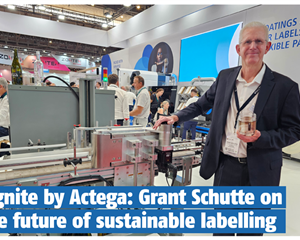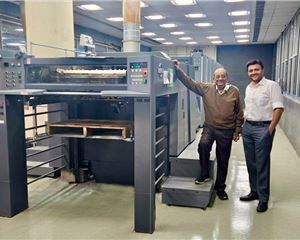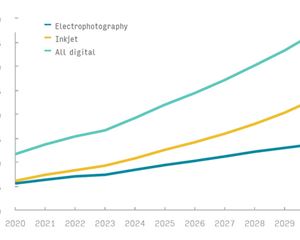By 2020, the bioplastics market is predicted to reach 30.8 billion dollars
According to a report by Allied Market Research, the global market for bio-plastics is estimated to reach 30.8 billion dollars by 2020, registering a CAGR of 14.8% during a period from 2015 to 2020. The key factors responsible for increasing the adoption of bio-plastics in rigid packaging applications, are the rising environmental awareness among the consumers and substantial curiosity of packaging industries towards biodegradability. The rigid plastic application would itself account for more t
23 Nov 2015 | By PrintWeek India
 The consumption of “drop-ins” bioplastics (Bio-PE, Bio-PET 30, and Bio-PA) would continue to be present in the overall bioplastics market till 2020, owing to its overall properties and wide applications, and similar to the traditional plastics. Bio-PET 30 would be the fastest growing segment in the non-biodegradable bioplastics market, as it delivers same performance as synthetic PET with regards to re-saleability, versatility, durability, appearance, weight and recyclability.
The consumption of “drop-ins” bioplastics (Bio-PE, Bio-PET 30, and Bio-PA) would continue to be present in the overall bioplastics market till 2020, owing to its overall properties and wide applications, and similar to the traditional plastics. Bio-PET 30 would be the fastest growing segment in the non-biodegradable bioplastics market, as it delivers same performance as synthetic PET with regards to re-saleability, versatility, durability, appearance, weight and recyclability.| Key factors |
|
 In 2014, the North America and Europe collectively accounted for more than 60% of the market and are expected to maintain their lead in the course of time. The European policy support for bioplastic manufacturers and increasing health awareness among consumers are the key factors responsible for the market growth within this region. However, Asia-Pacific is projected to be the most lucrative market owing to the availability of huge renewable feedstocks coupled with increasing investment made by the global bioplastics players.
In 2014, the North America and Europe collectively accounted for more than 60% of the market and are expected to maintain their lead in the course of time. The European policy support for bioplastic manufacturers and increasing health awareness among consumers are the key factors responsible for the market growth within this region. However, Asia-Pacific is projected to be the most lucrative market owing to the availability of huge renewable feedstocks coupled with increasing investment made by the global bioplastics players.











 See All
See All